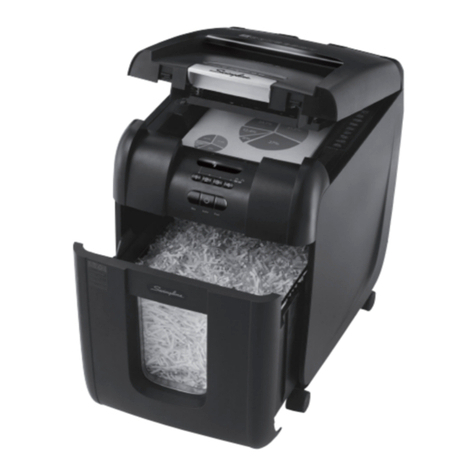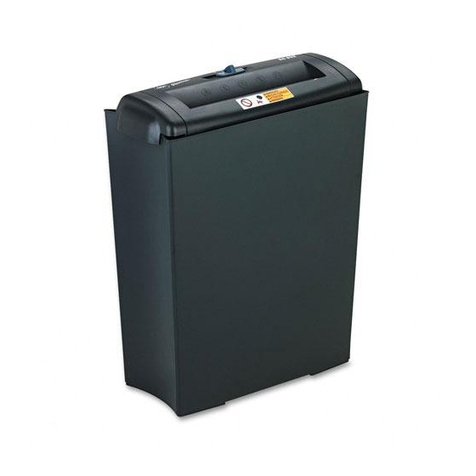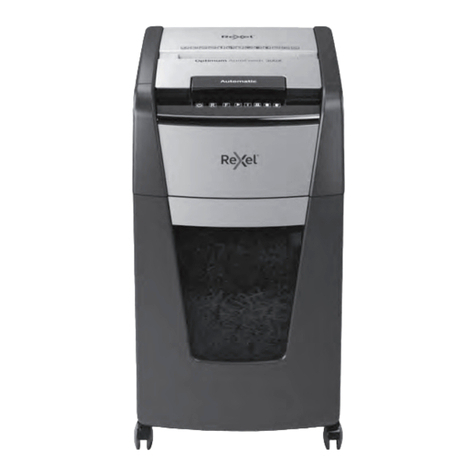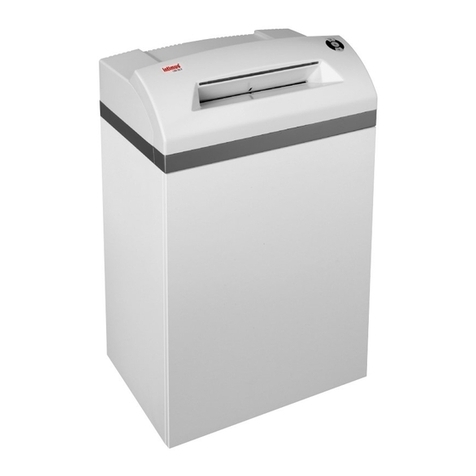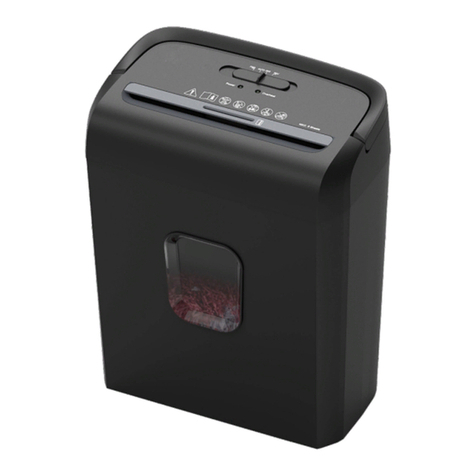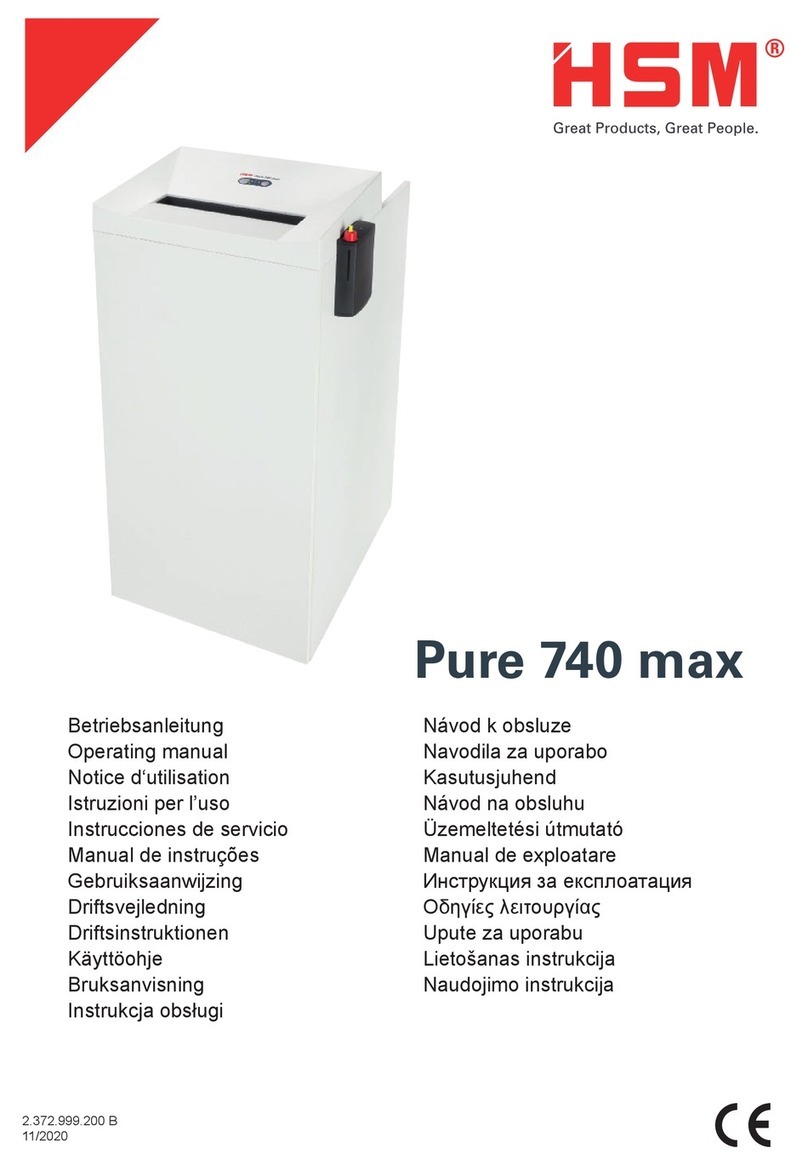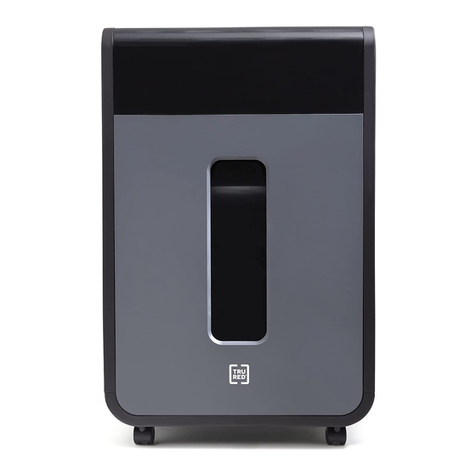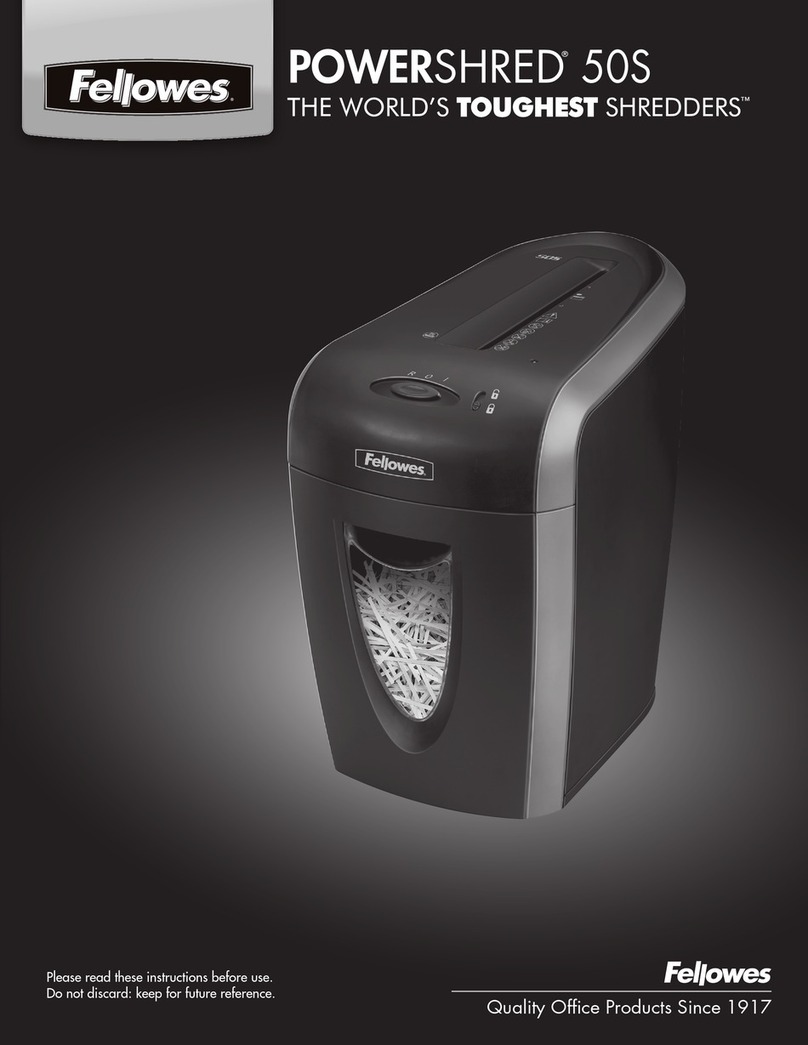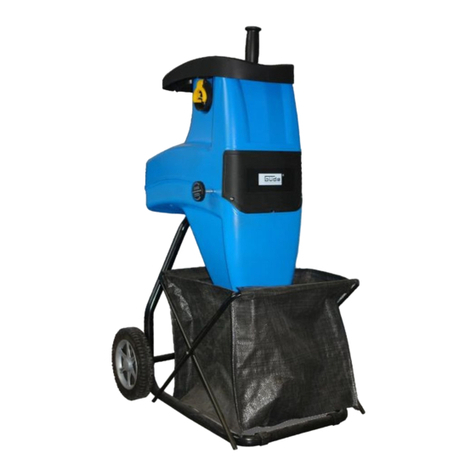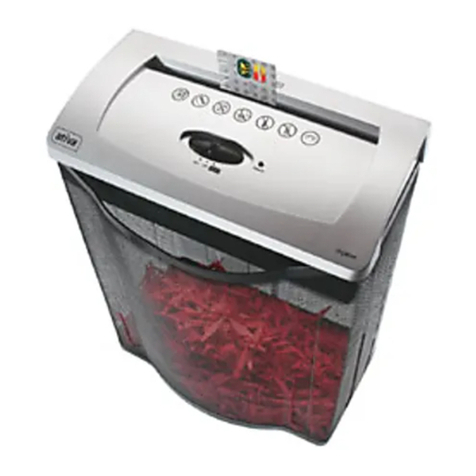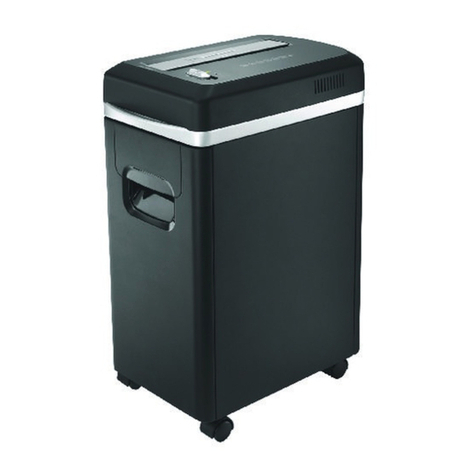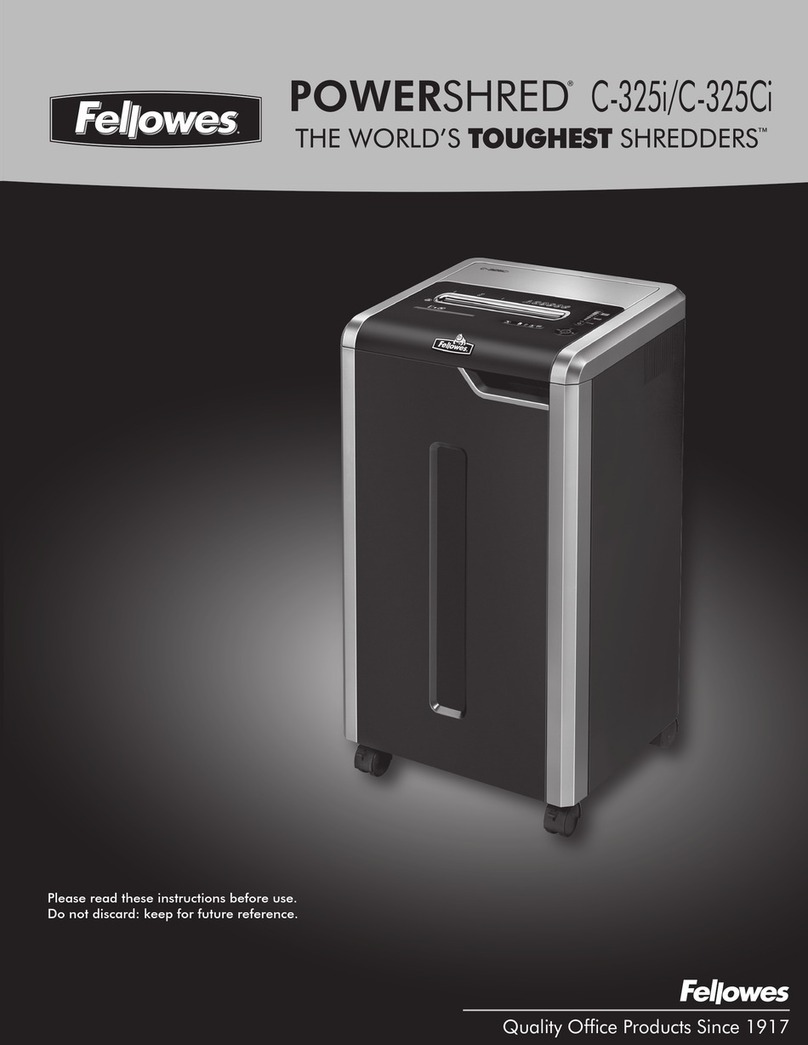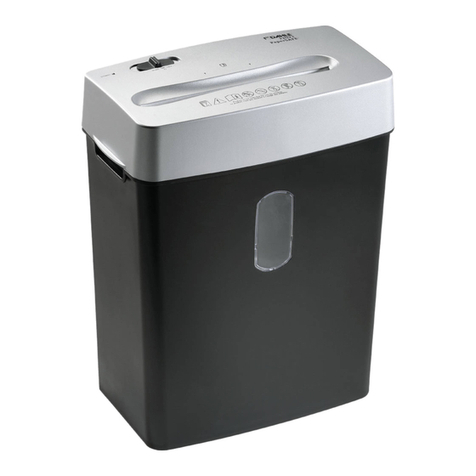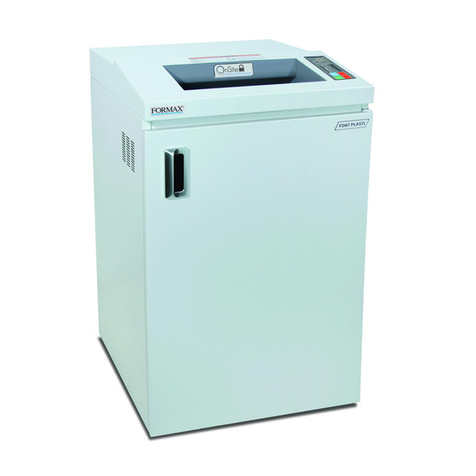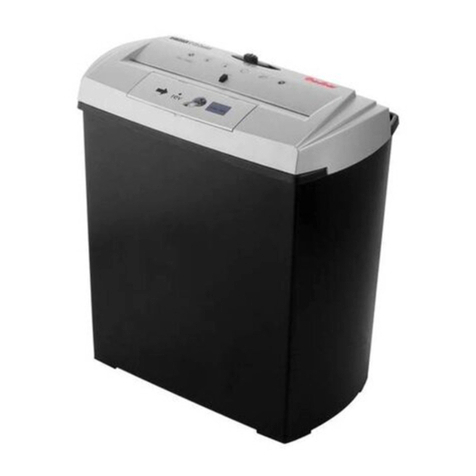
model number 060-1744-0 | contact us: 1.866.523.5218 model number 060-1744-0 | contact us: 1.866.523.5218
8 9
General Safety Rules
General Safety Rules
FOR ALL DOUBLE-INSULATED
APPLIANCES
1. Replacement Parts: when servicing use only identical replacement parts.
2. Polarized Appliance Connections: to reduce the risk of electric shock, this
appliance has a polarized plug (one blade is wider than the other) and
will require the use of a polarized extension cord. The appliance plug will
fit into a polarized extension cord only one way. If the plug does not fit
fully into the extension cord, reverse the plug. If the plug still does not fit,
obtain the correct polarized extension cord. A polarized extension cord
will require the use of a polarized wall outlet. This plug will fit into the
polarized wall outlet only one way. If the plug does not fit fully into the
wall outlet, reverse the plug. If the plug still does not fit, contact a qualified
electrician to install the proper wall outlet. Do not change the equipment
plug, extension cord receptacle, or extension cord plug in any way.
FOR ALL APPLIANCES
1. Do not use appliances in damp or wet locations as this can be dangerous.
2. Do not use in the rain.
3. Keep children away. All visitors should be kept at a safe distance from the
work area.
4. Dress properly. Do not wear loose clothing or jewellery, which can get
caught in moving parts. Use of rubber gloves and heavy footwear is
recommended when working outdoors. Wear protective hair covering to
contain long hair.
5. Use safety glasses. Always use face or dust mask if operation is dusty.
6. Use the right appliance. Do not use appliance for any job except that for
which it is intended.
7. Ground Fault Circuit Interrupter (GFCI) protection should be provided
on the circuit(s) or outlet(s) to be used for the gardening appliance.
Receptacles with built-in GFCI protection may be used for this measure of
safety.
8. Warning—to reduce the risk of electric shock, use only with an extension
cord intended for outdoor use, such as an extension cord of cord type
SW-A, SOW-A, STW-A, STOW-A, SJW-A, SJOW-A, SJTW-A or
SJTOW-A.
9. Extension Cord
Make sure your extension cord is in good condition and is heavy enough
to carry the current your product will draw. An undersized extension cord
will cause a drop in line voltage resulting in loss of power and overheating.
To reduce the risk of disconnection of appliance cord from the extension
cord during use:
i) make a knot as shown in below.
ii) Use one of the plug-receptacle retaining straps or connectors
described in this manual.
10. Avoid unintentional starting. Do not carry plugged-in appliance with finger
on switch. Be sure switch is off when plugging in.
11. Do not abuse cord. Never carry appliance by cord or yank it to disconnect
from receptacle. Keep cord away from heat, oil, and sharp edges.
12. Do not force appliance. It will do the job better and with less likelihood of
a risk of injury at the rate for which it was designed.
13. Do not overreach. Keep proper footing and balance at all times.
14. Stay alert. Watch what you are doing. Use common sense. Do not
operate appliance when you are tired.
15. Disconnect the appliance from the power supply when not in use, before
servicing, when changing accessories such as blades, and the like.
16. Keep guards in place and in working order.
17. Keep blades sharp.
18. Keep hands and feet away from cutting area.
Shredder cord
Extension cord
(A) Tie cord as shown (B) Connect plug and receptacle
